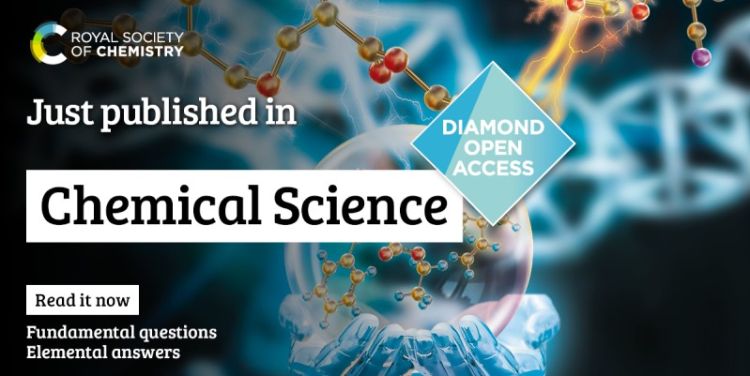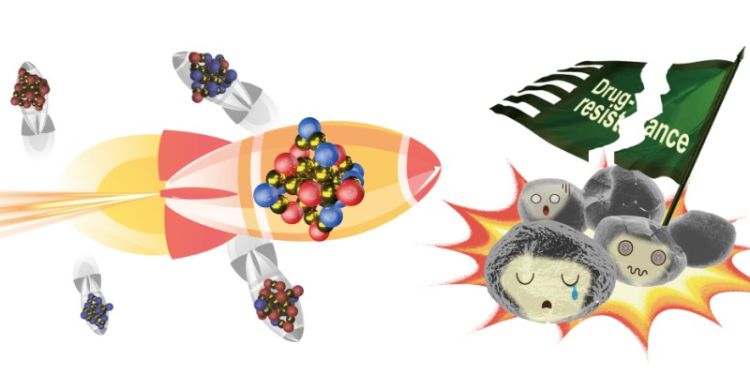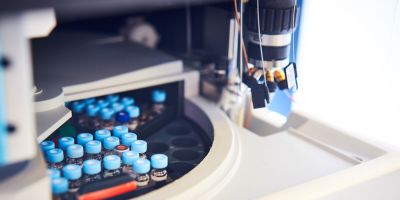Developing novel gold nanoclusters as potent antibacterial nanomaterials

A collaborative work in antibacterial applications by Leeds and SUSTech researchers has been accepted for publication in Chemical Science.
The manuscript titled “Controlling pyridinium-zwitterionic ligand ratio on atomically precise gold nanoclusters allowing for eradicating Gram-positive drug-resistant bacteria and retaining biocompatibility” has just been accepted for publication in Chemical Science, the flagship journal of the Royal Society of Chemistry.
Infections caused by multidrug-resistant (MDR) bacteria are an increasing global healthcare concern. However, the collaborative work between Leeds and SUSTech researchers have developed a dual-functional ligand capped tiny gold nanoclusters each containing ~25 gold atoms to address this challenge.
Infections caused by multidrug-resistant bacteria are becoming an increasingly severe global healthcare problem.
The researchers have successfully overcome several barriers that have so far largely prevented promising antibacterial nanomaterials from being translated into antibacterial drugs; e.g. balancing the often contradicting needs for antibacterial potency and stability in biological environments; the ability of renal clearance (to minimise potential long term toxicity), and the ability to exploit the synergy of antibiotics and antibacterial nanoclusters to overcome bacterial drug resistance.

They have demonstrated this strategy works very effectively both at in vitro and with skin infection mouse models, thus providing a new strategy to combat the MDR challenge using multifunctional gold nanomaterials.
The lead author Zeyang Pang, said, “Infections caused by multidrug-resistant bacteria are becoming an increasingly severe global healthcare problem. Through this study on the antibacterial properties and biosafety of dual-ligand capped formula-defined gold nanoclusters, we hope that this research can pave the way for the development of viable new gold nanomaterials to combat multidrug-resistant bacterial infections.”
Zeyang is a joint PhD student on the SUSTech-Leeds PhD programme. He is supervised by Professor Dejian Zhou from the School of Chemistry, and Dr Yuan Guo from the Astbury Centre for Structural Molecular Biology at the University of Leeds, as well as Professor Xingyu Jiang at SUSTech, China. Based on mutual research interests, the University of Leeds partnered with the Southern University of Science and Technology (SUSTech) in Shenzhen, China, to develop new collaborative projects. Under the programme, students will spend the first year in Leeds, followed by two years and nine months of research at SUSTech, before returning to Leeds to complete the thesis in the final year.
Further read:
The paper has been accepted for publication in Chemical Science. Chemical Science, 2021, DOI: 10.1039/D1SC03056F
Further information:
The University of Leeds is a global institution. You can find out more about our partnerships with other leading institutions here.




